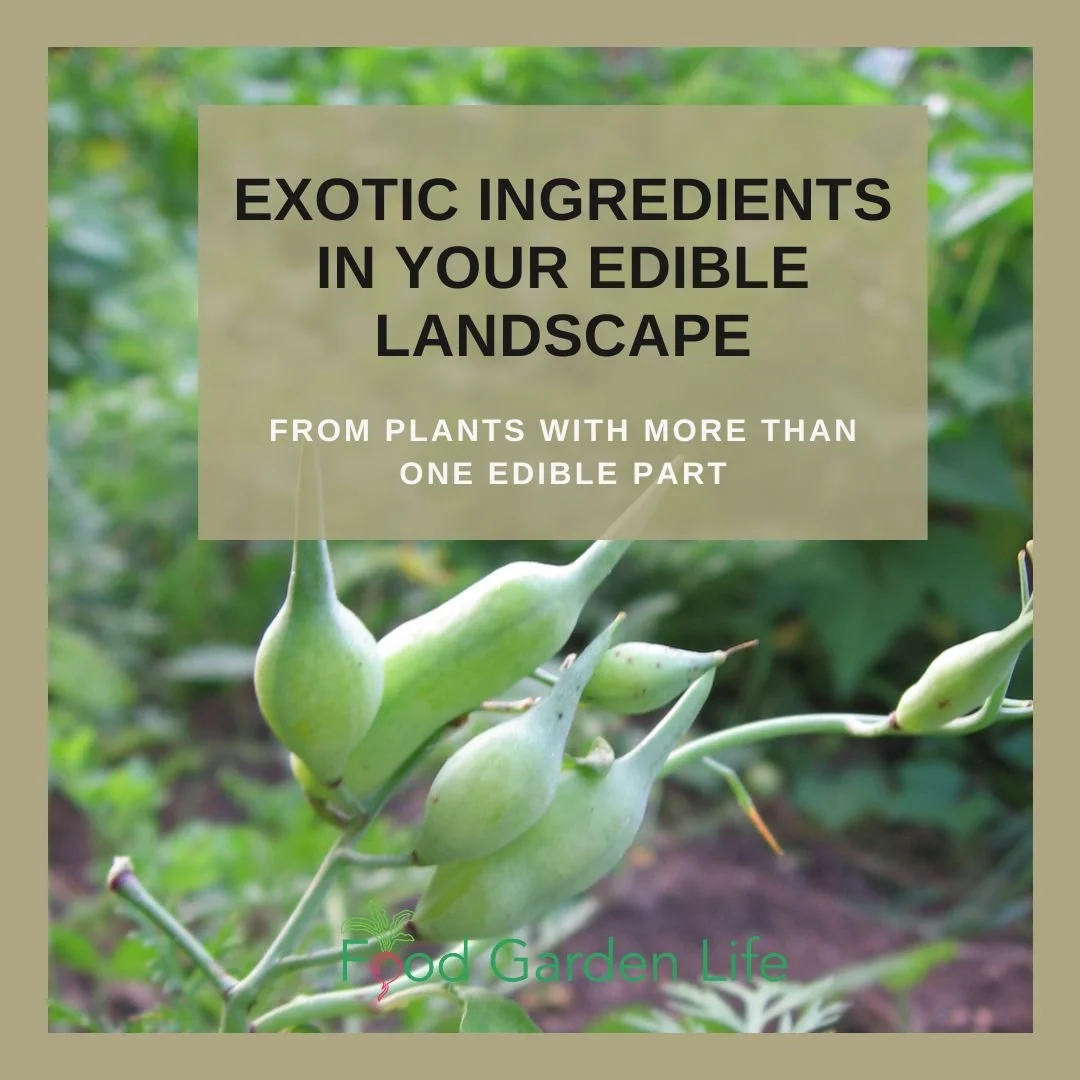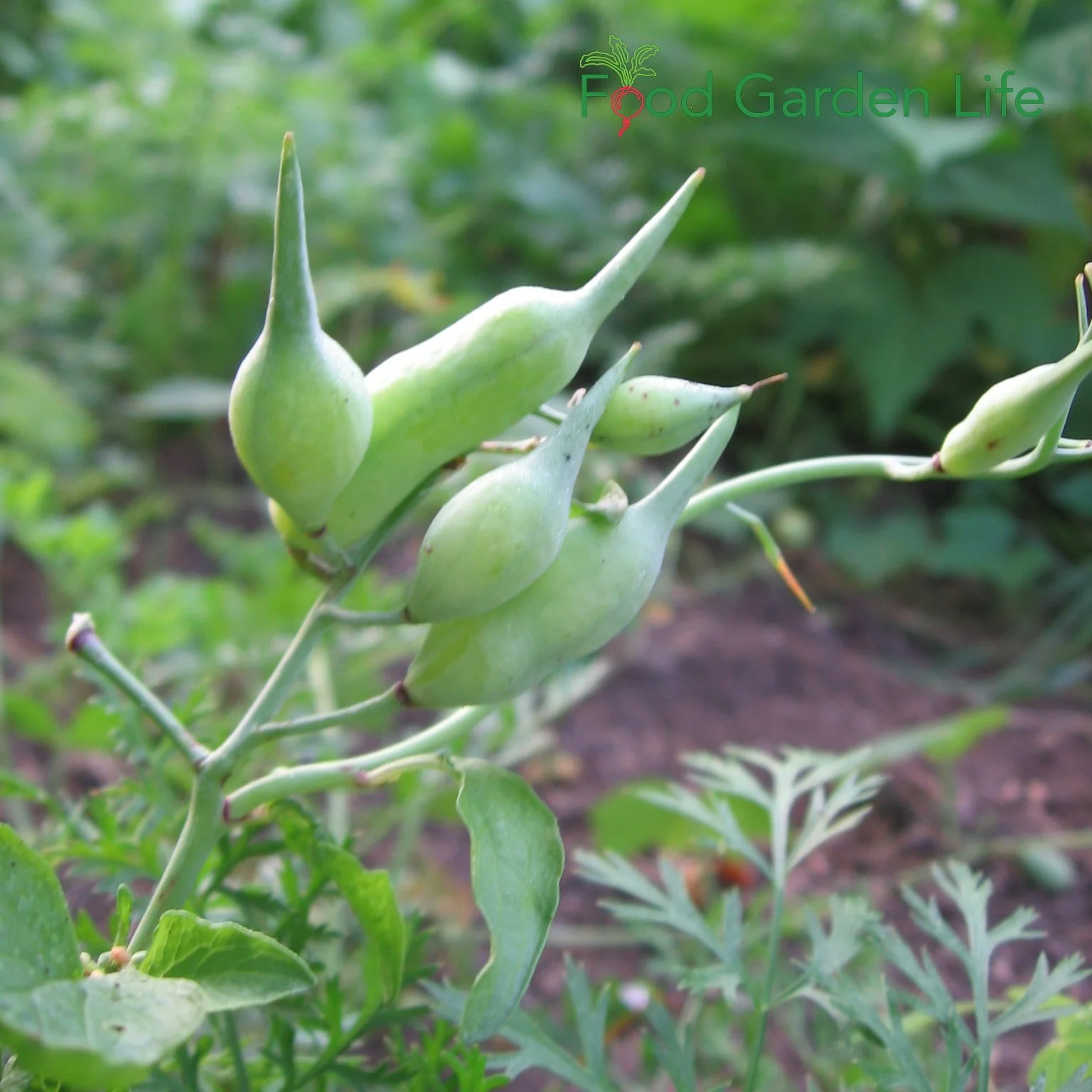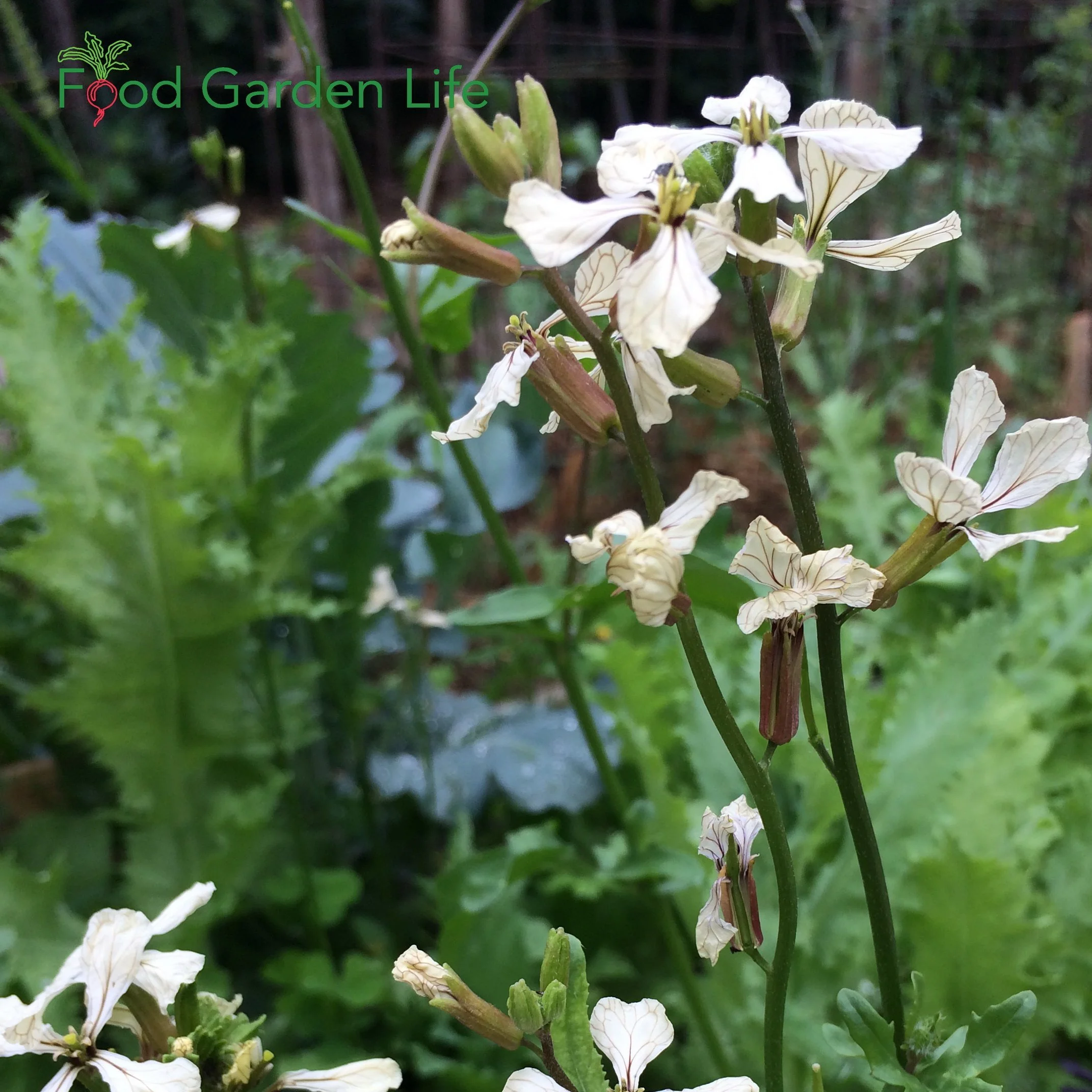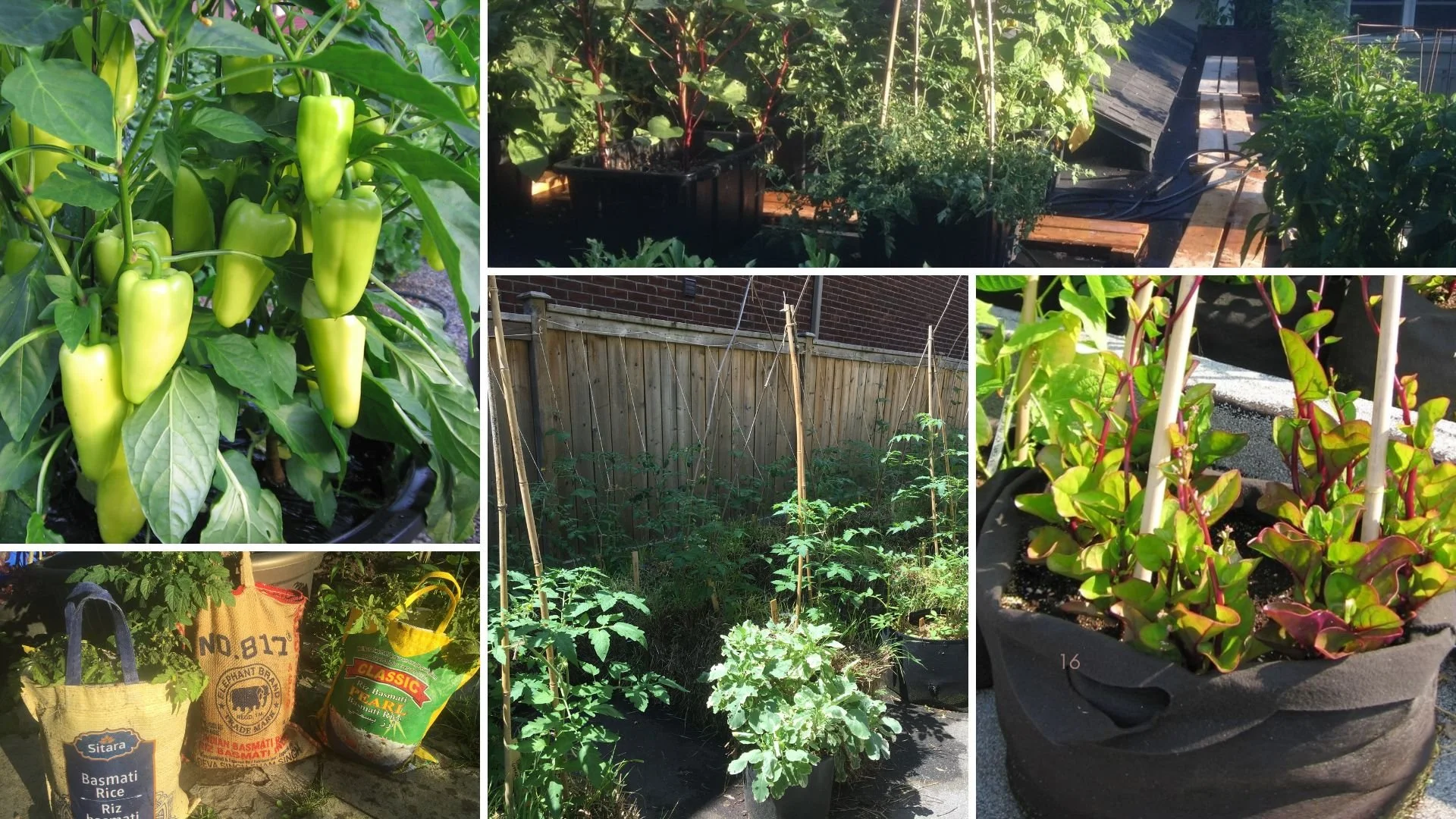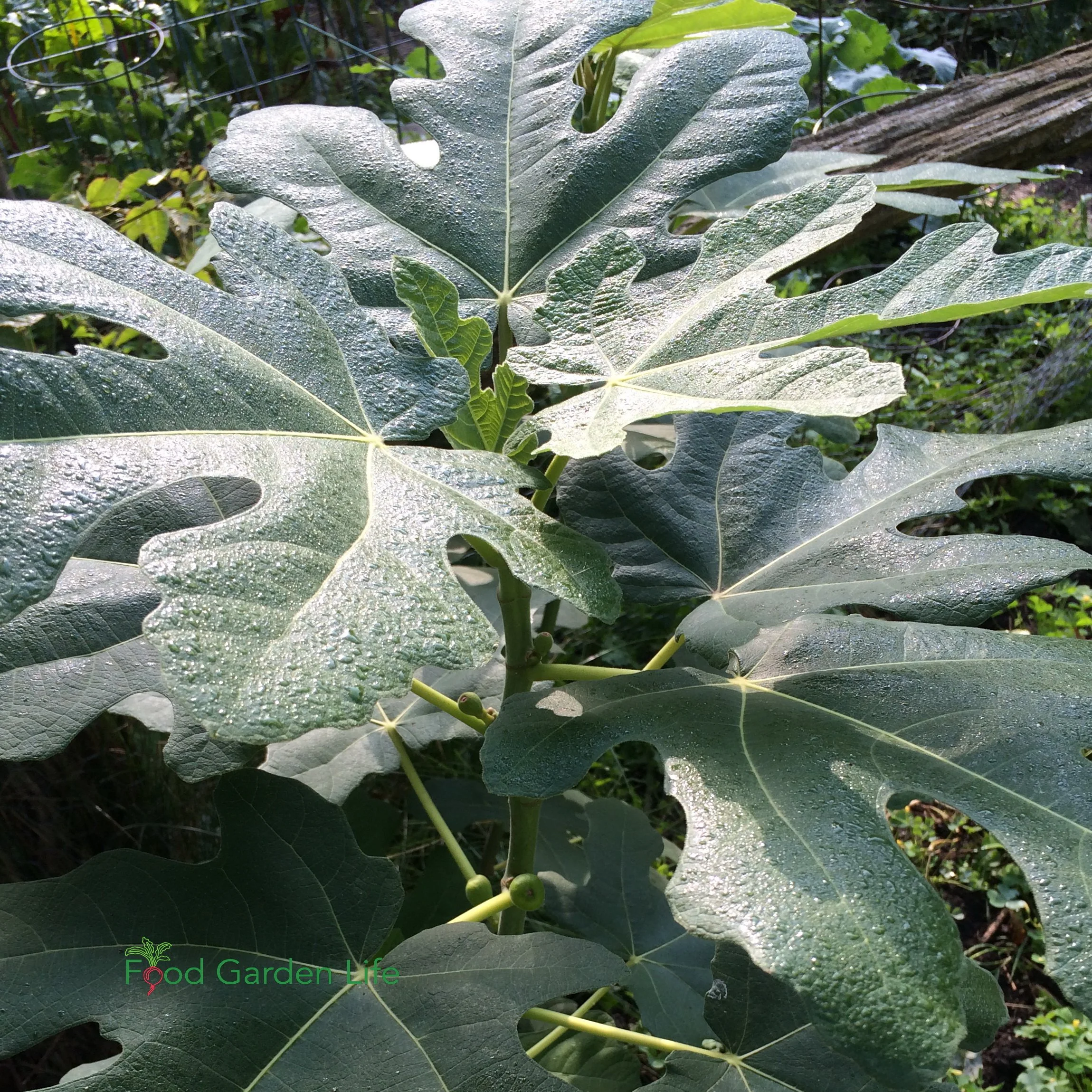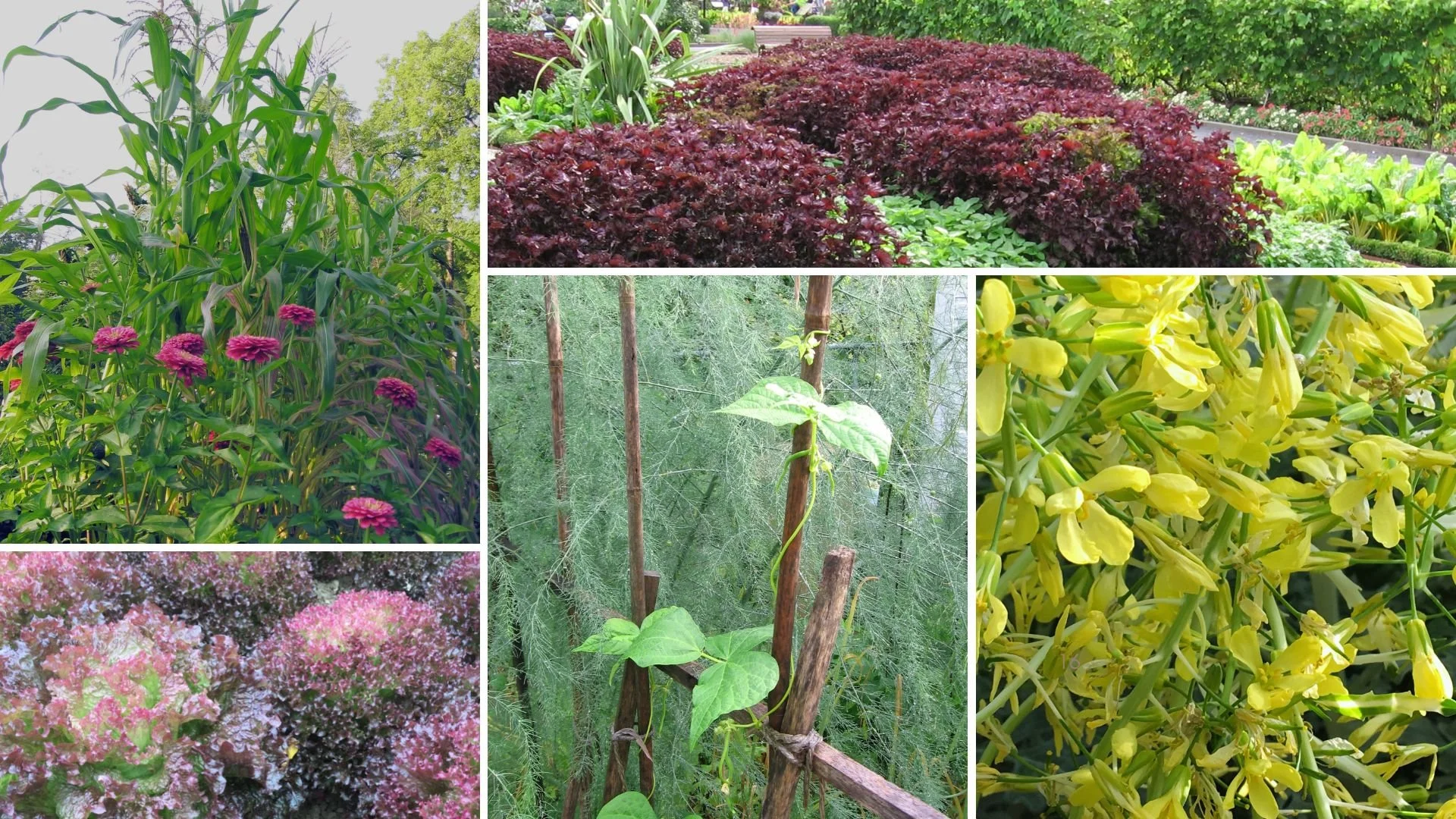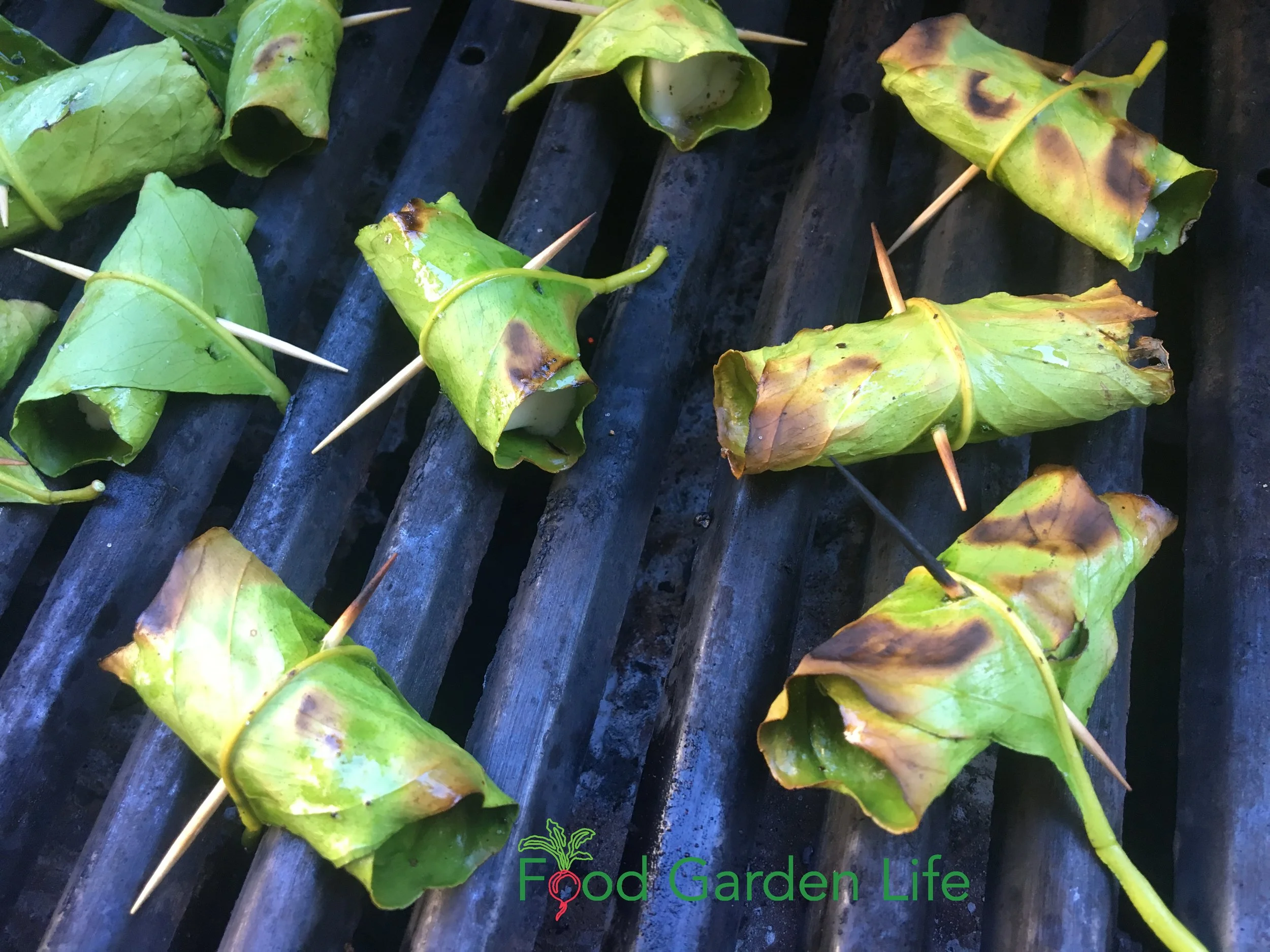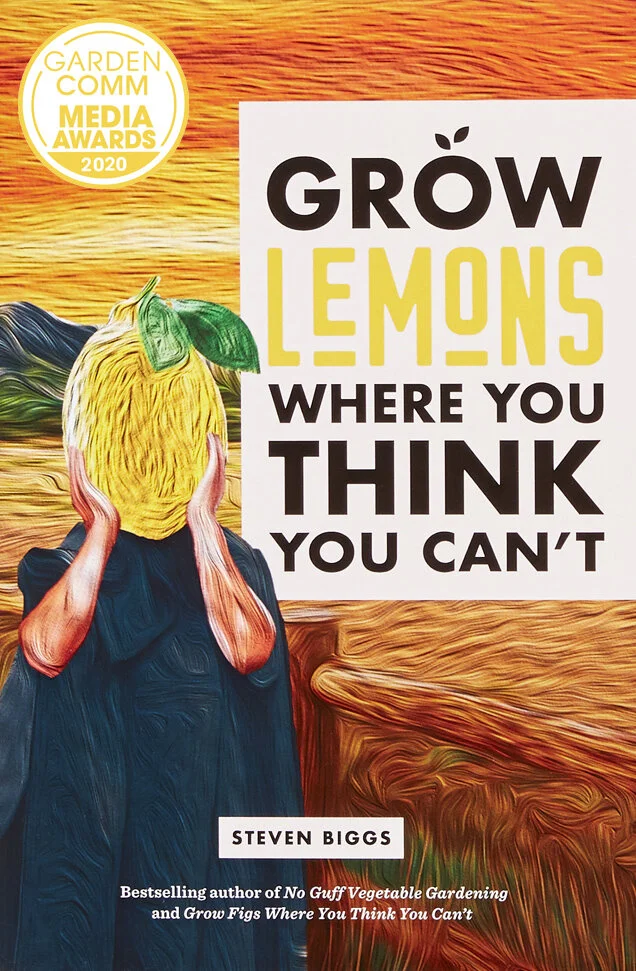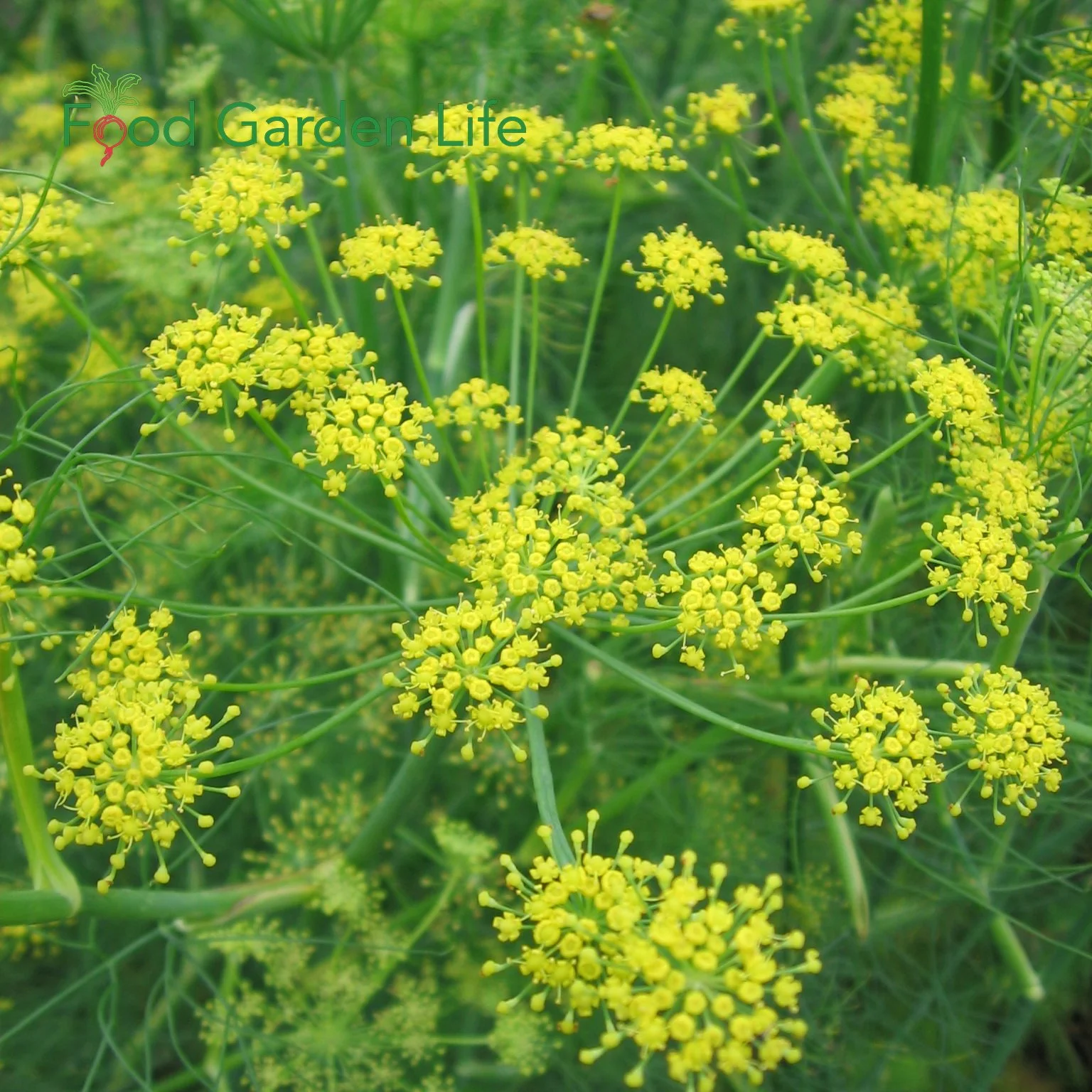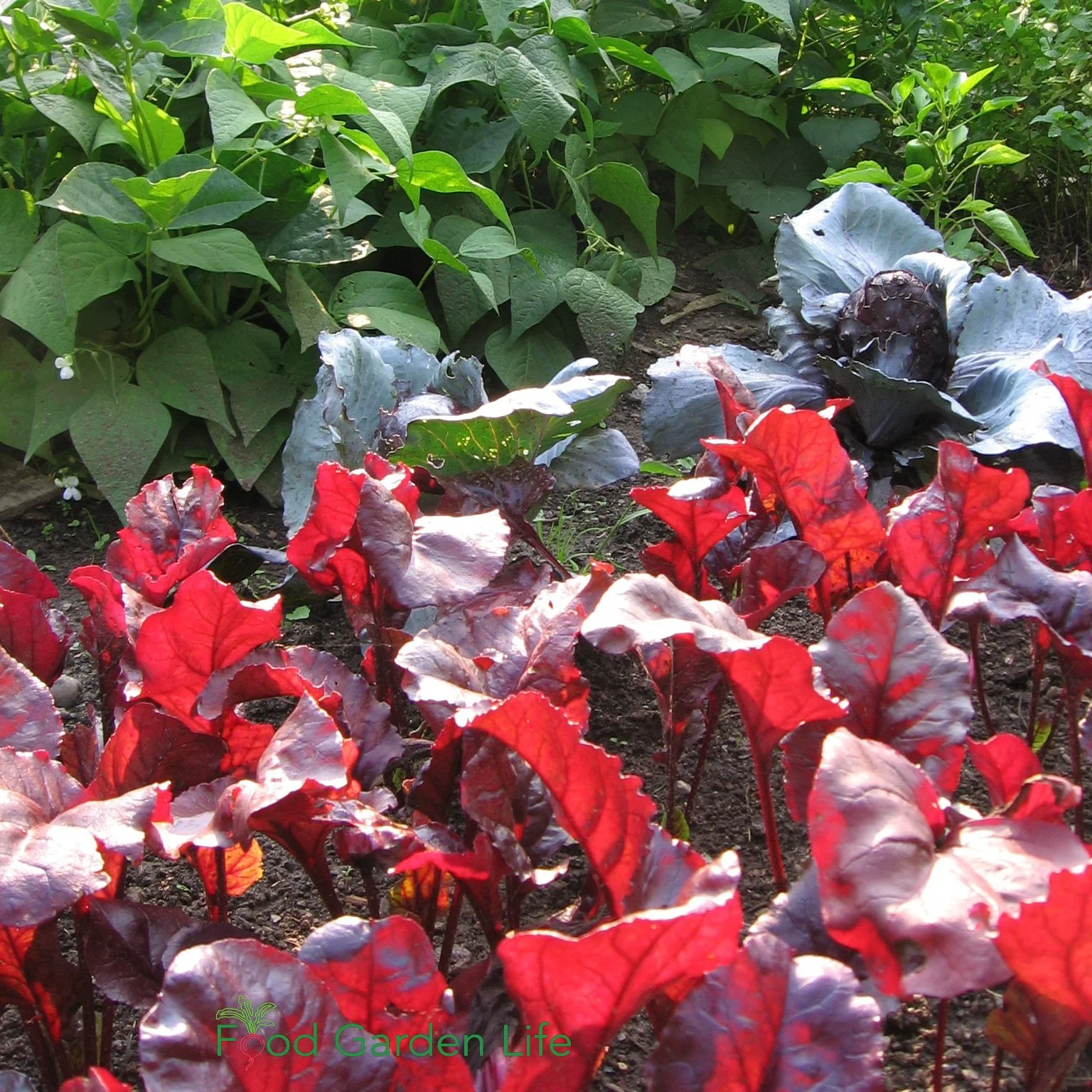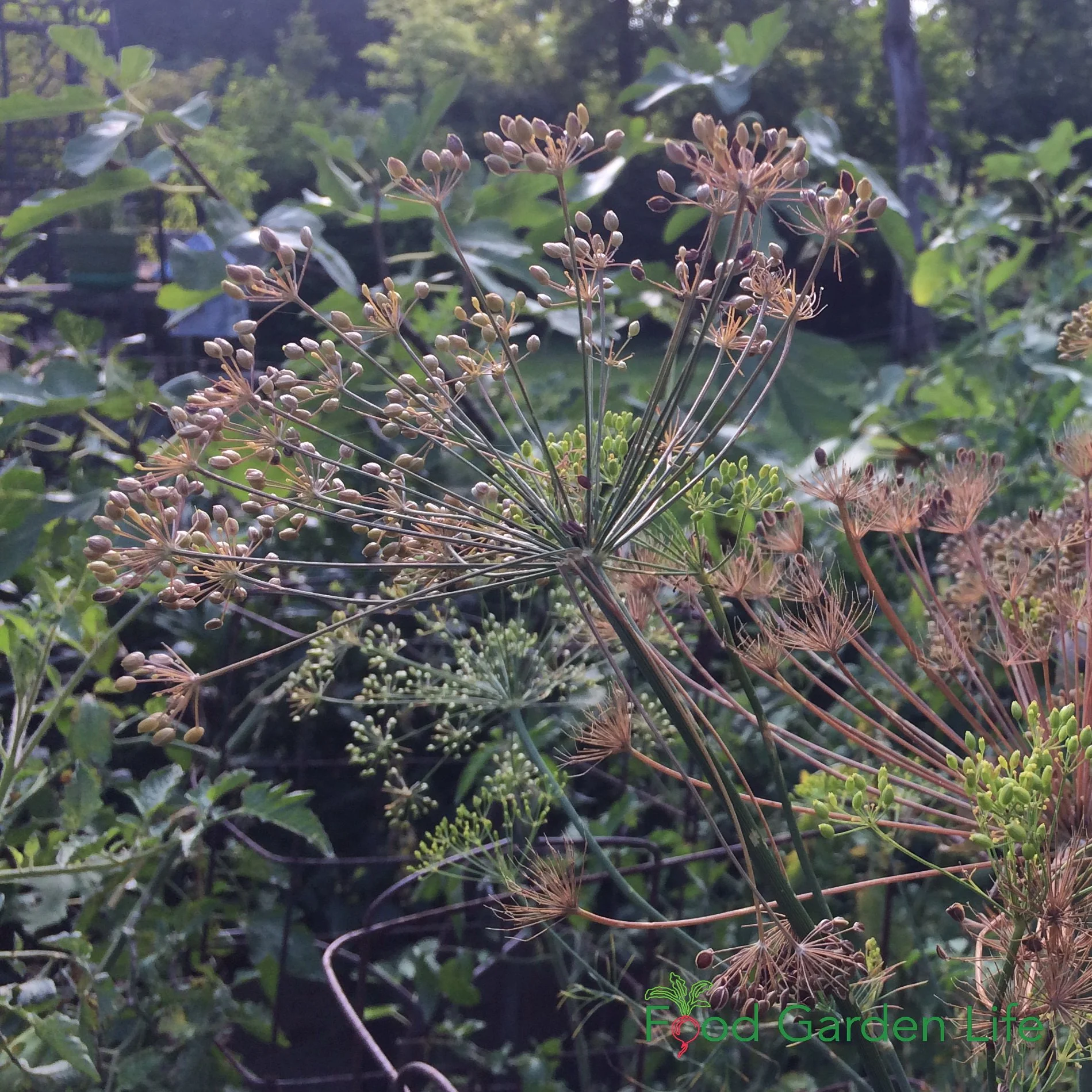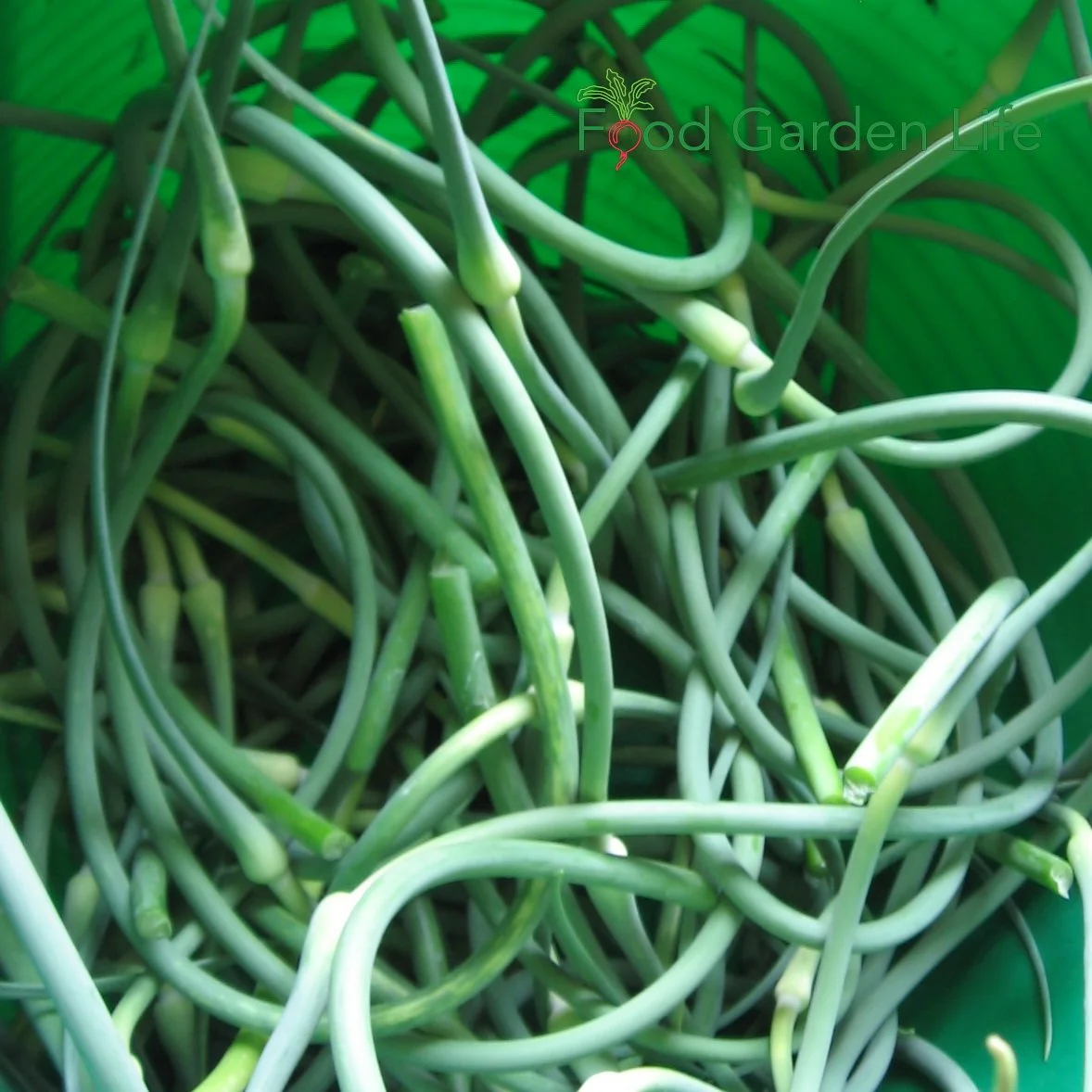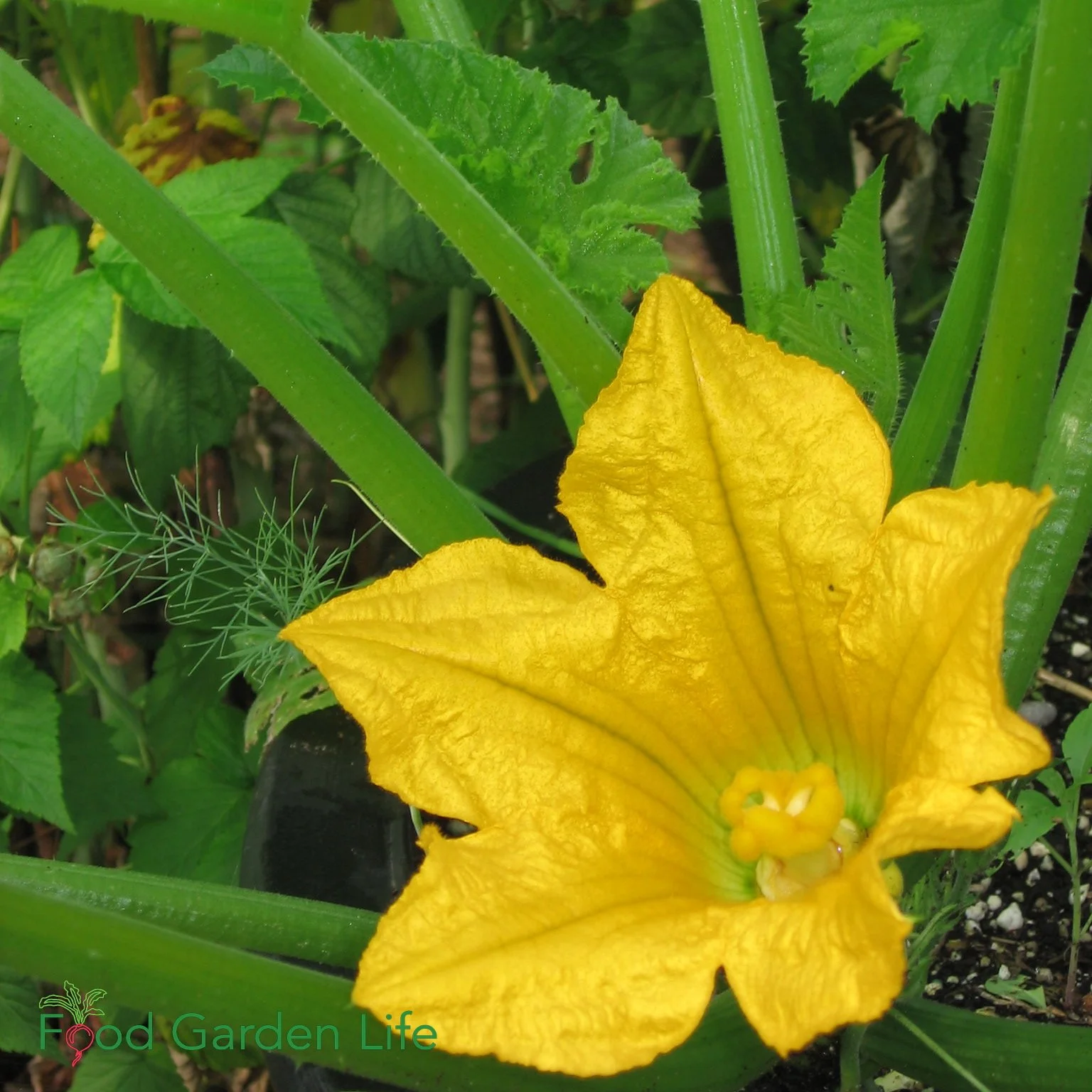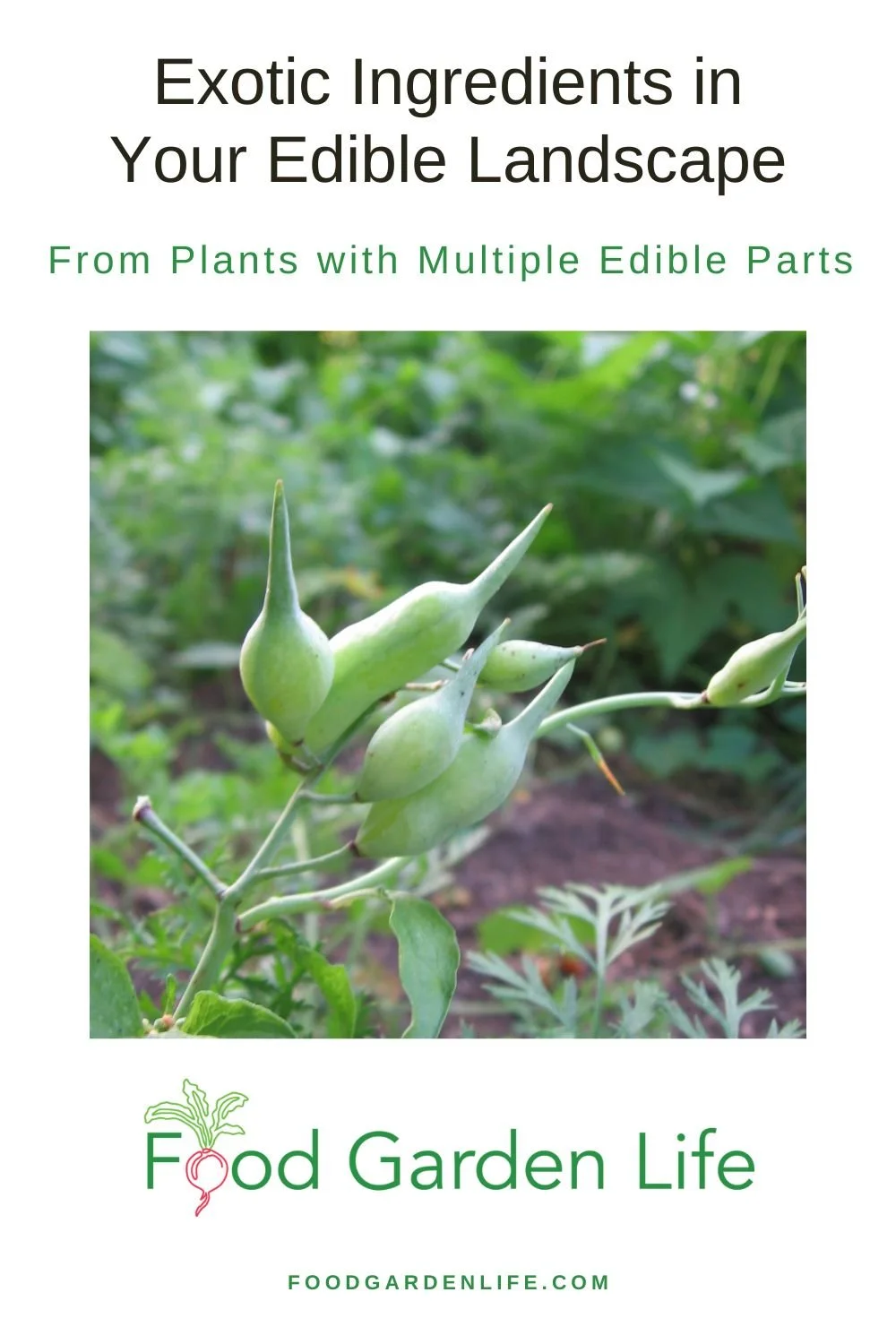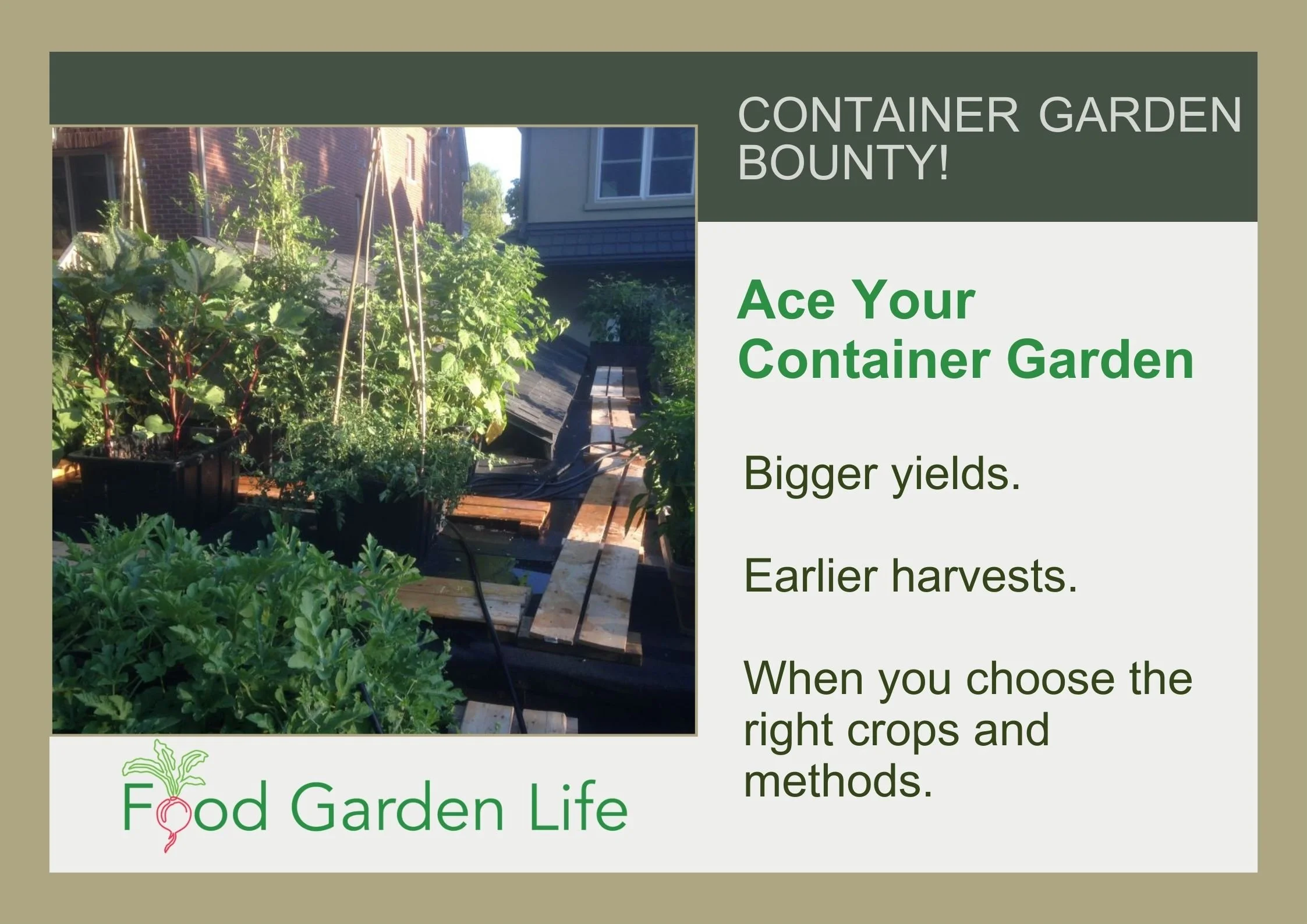More than One Edible Part! These Plants are a Great Addition to an Edible Landscape
By Steven Biggs
Harvest More…Harvest Something Different
Whether you're creating a vegetable garden or an ornamental edible garden, plants with more than one edible part are a great way to harvest more from your garden.
They're also a fun addition when preparing meals. There's been growing interest in nose-to-tail cuisine. For vegetable gardeners, the equivalent is stem-to-root cuisine!
Keep reading for 12 plants with more than one edible part.
Radish
Radish is a vegetable garden staple because it's virtues are many:
Radish seed pods are a tasty addition to an edible landscape!
Easy to grow.
Quick to mature.
Suited to in-ground beds, raised beds, and containers.
Can be inter-planted with slower-growing vegetables such as beets and carrots, and then harvested as those other crops need more space.
The radish root is what we most often eat. But there's more...
Radish: Other Edible Parts
The crunchy, mildly peppery seed pods are edible too.
The flowers are edible and make a nice garnish—or toss them into a salad
Some people use the leaves too. We've made radish-leaf pesto. Not my favourite—but taste is a personal thing.
Looking for crops for the shoulder seasons? Winter radish is a good winter storage crops. Find out about 25 storage crops to grow.
Rose
Rosehips and rose petals are both edible and a good fit for edible landscapes.
I swore off growing roses for years, having battled black spot on Mom's roses. But there are some fantastic disease-resistant roses out now. No-fuss for busy gardeners.
Roses are a must-have plant in an edible landscape. They add visual interest, they attract pollinators, they can be a focal point...and they have more than one edible part.
Most people think of rose hips (the fruit) when thinking of roses for edible landscaping. They're used for rosehip tea, rosehip jelly (and I've heard of rosehip vodka!)
Rose: Other Edible Part
You can use the rose flowers too! The petals are edible.
Use rose petals to make a rose petal jam, as a garnish, or add chopped rose petals to a bowl of cherries.
The inner, white portion of the petals can be bitter, and if it is, just remove this part.
Hear edible flower expert Denise Schreiber give her favourite edible-flower tips.
Arugula
Edible arugula flowers belong in any vegetable garden.
Peppery arugula leaves are a favourite in our household, whether in a salad or wilted on a pizza that's just come out of the oven.
Arugula is a great crop for the early spring edible garden. It tolerates cool conditions, and it's fast growing.
Arugula: Other Edible Part
Along with the leaves, arugula flowers are edible too. Let some of your arugula plants bolt and flower.
We use arugula flowers on salads and as a garnish. Like the leaves, they are mildly peppery.
Grow a Container Vegetable Garden
And get an early harvest of crops that usually take too long!
Fig
Nothing beats a fresh fig! It's an exotic touch for edible gardens in cold climates.
(Remember, if you're in a cold climate, you can still grow figs as a potted plant, or as a plant that you tip over and protect for winter. Find out how here.)
Fig: Other Edible Parts
Use fig leaves in cooking for the unique taste.
There are a couple of other parts to the fig plant that make it a fun fit for an edible landscaping.
Fig leaves are packed with flavour. I describe the flavour as a mix of toasted almond and coconut. It's subtle. (You don't actually eat the leaf, but extract flavour from it.)
In our household, we like fig leaf panna cotta and fig leaf granita.
Before we finish with figs, here's one more idea for you:
Save the branches you prune from your fig tree for smoking meat. I like to smoke meat with apple or cherry...but fig smoke has a delicious taste of its own.
Cauliflower and Broccoli
Grown for their flower heads, these plants—along with kohlrabi, which we grow for its stout stem—have more edible parts!
See this recipe for cauliflower steaks!
Other Edible Parts
Use young leaves raw, in salads
Older leaves can be chopped and added to stir fries and soups
If you trim off the end of the stalk as you prepare cauliflower and broccoli heads to cook, keep those bits of stalk for stir fries. (I always add them to my beet borsch)
Create Your Own Unique Edible Landscape
That fits for your yard, and your style!
Lemon
Like figs, potted lemon trees make a fine addition to edible landscapes, even in temperate regions.
A potted lemon tree is an elegant touch in a garden design.
Lemons add a sensory element to the garden too. Along with the lemon fruit, there's fragrance of the white flowers. Nothing beats the smell of lemon blossoms on a patio!
Lemon: Other Edible Parts
Lemon leaves impart a citrusy taste to food. These are wedges of halloumi cheese wrapped in lemon leaves, cooking on the grill.
Those fragrant lemon blossoms are edible too!
Don't stop there: Lemon leaves are packed with tasty goodness. They're tough—so don't eat the lemon leaves, but use them for their lemony flavour.
Use them like bay leaves.
Or wrap what you're cooking on the grill and it cooks the lemony flavour into the food. (Then just removed the charred leaves.)
A favourite in our household is wedges of halloumi cheese wrapped in lemon leaves and grilled. (Halloumi has a high melting point, so you can grill it without it oozing down into the BBQ.)
Find out more about cooking with lemon leaves.
Interested in growing a lemon tree in a pot? Here's more to help you grow a potted lemon tree. Lemons are a great plant to add season-long interest to your edible landscape.
Fennel
Florence fennel, a.k.a. "finocchio." Mom always included sliced fresh finocchio on a veggie platter.
I love to braise fennel bulbs in white wine.
Fennel: Other Edible Parts
Fennel flowers are edible, and the pollen can be tapped onto plates as decoration.
Beyond the bulb, the fern-like fennel leaves make a fine garnish.
Fennel flowers are edible too. (Or, tap fennel flowers over a white plate to decorate it with the yellow pollen.)
Fennel seeds are edible. Sprinkle a few over a bowl of granola. I like to add them when I make sausage.
There's also a cousin to the bulb-producing Florence fennel: Bronze fennel.
Bronze fennel is a perennial with aptly named bronze-coloured leaves. They're beautiful—and tasty. There's no bulb; this is a perennial edible we grow for its leaves, and its edible flowers.
If you're gardening to attract beneficial insects (pollinators, parasites, predators), fennel is a musts-have plant in vegetable gardens and edible landscapes.
Beet
Beet root is a great root vegetable for winter storage.
Beet: Other Edible Part
‘Bulls Blood’ beet leaves are a colourful addition to an edible garden.
Beet leaves are often overlooked.
Use small beet leaves fresh, as you would small chard leaves.
Larger leaves can be cooked. (An incomparable trio is beet leaves, sour cream and dill.)
Beet leaves are also nice chopped into a pot of borsch. (Here's how Mom made borsch.)
Most people don't think of beets when looking for visual appeal...but for colourful beet leaves—a vibrant red—check out 'Bull's Blood.'
Carrot
Baby carrots are a favourite summer treat at our house, and over the winter we enjoy carrots stored in our garage.
Carrot: Other Edible Part
Carrot leaves are edible, bringing their own unique flavour when added to sauteed greens or a frittata. Or, make them into a pesto.
Dill
Dill seeds are a great way to enjoy the flavour of dill through the winter.
Dill is up there with fennel when it comes to bringing beneficial insects to your garden. The flowers are a magnet for beneficial insects.
I cook with lots of dill, so when I have a glut of dill in summer I chop and freeze lots for the winter.
Dill: Other Edible Parts
Use dill flowers as you would fennel flowers.
And...I use the seed. Dill seed into a beet-and-feta salad is a delight. Or a few dill seeds into a pot of borsch.
Garlic
Garlic is a great crop for a home garden because you can grow enough of it in a small space for an entire household for a whole year.
And it stores well in a cool basement, even without a proper root cellar.
Garlic scapes
Garlic: Other Edible Part
Along with the bulbs, there are the garlic "scapes" that make a fine pesto.
And there's more...hear Doug Oster explain how he gets 5 harvests from his garlic.
Squash
Winter squash is a great storage crop.
Vining squash varieties are also a great addition to vertical gardens.
Squash: Other Edible Part
Eat some of your squash flowers. (Stuff them with a wedge of cheese, dip in batter, and deep fry, you won't regret it.)
Cook squash shoot tips. Hear chef Alan Borgo talk about squash shoot tips.
Squash flowers are edible. And don’t forget the edible shoot tips!
More Edible Landscaping Ideas
Articles: Edible Gardening
7 Vegetable Garden Layout Ideas To Grow More Food In Less Space
These Edible Perennials and Perennial Vegetables Make a Delicious Edible Landscape
Video: Edible Gardening
Edible Landscaping: See My Ornamental Edible Garden

